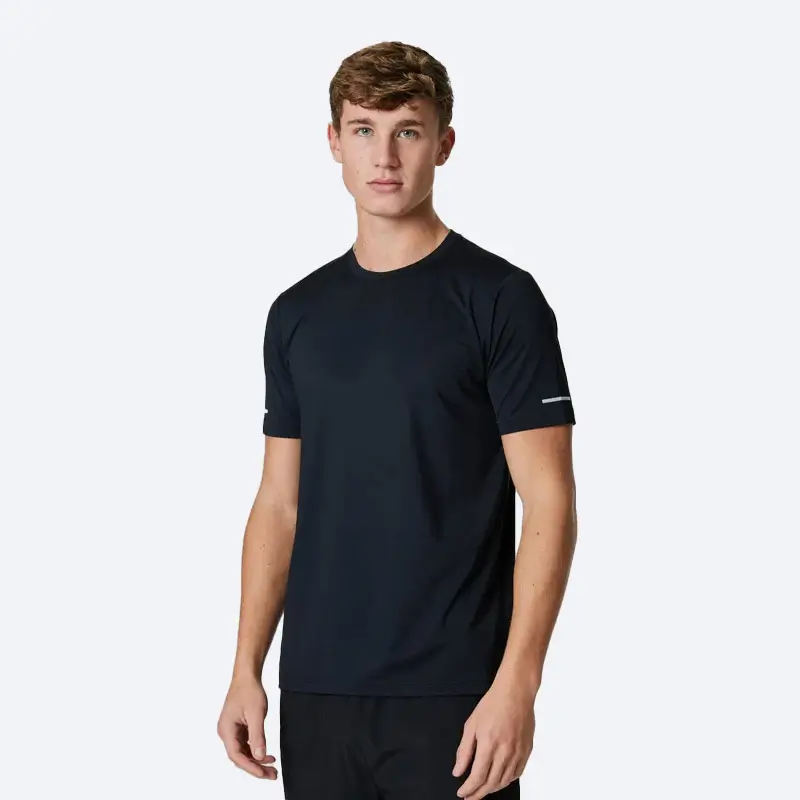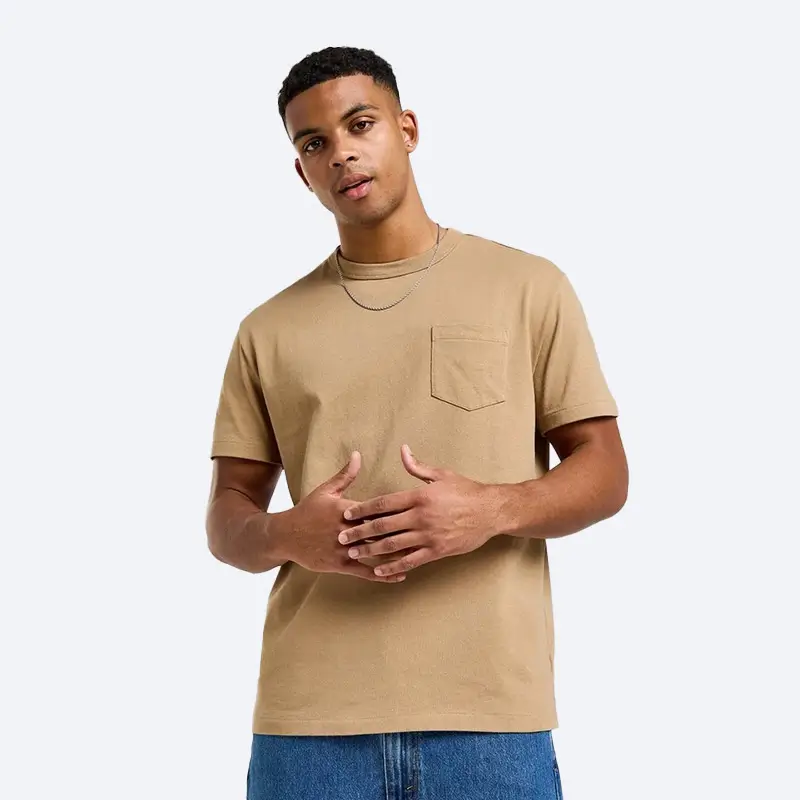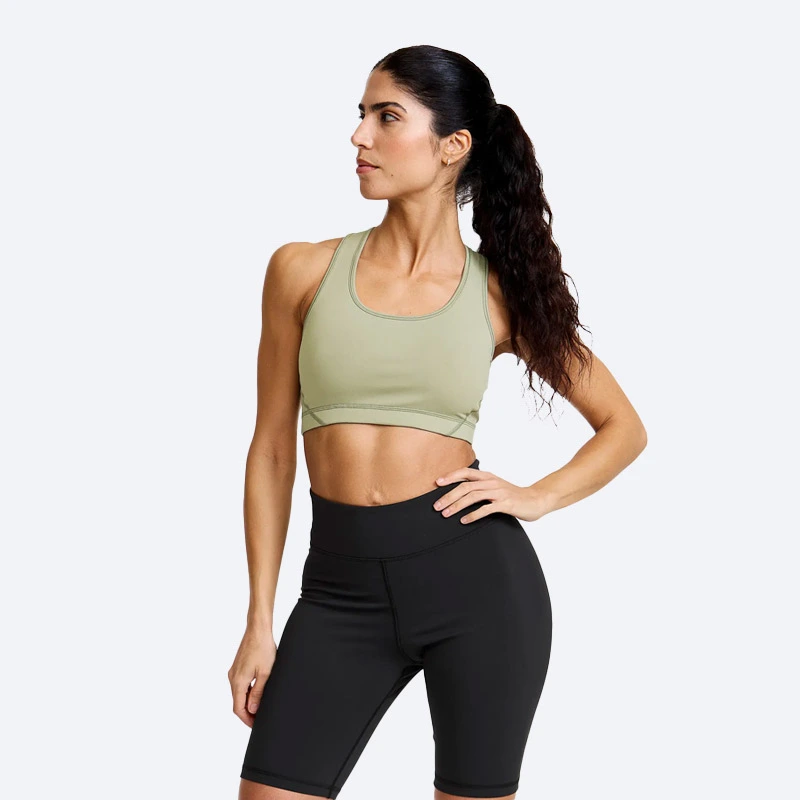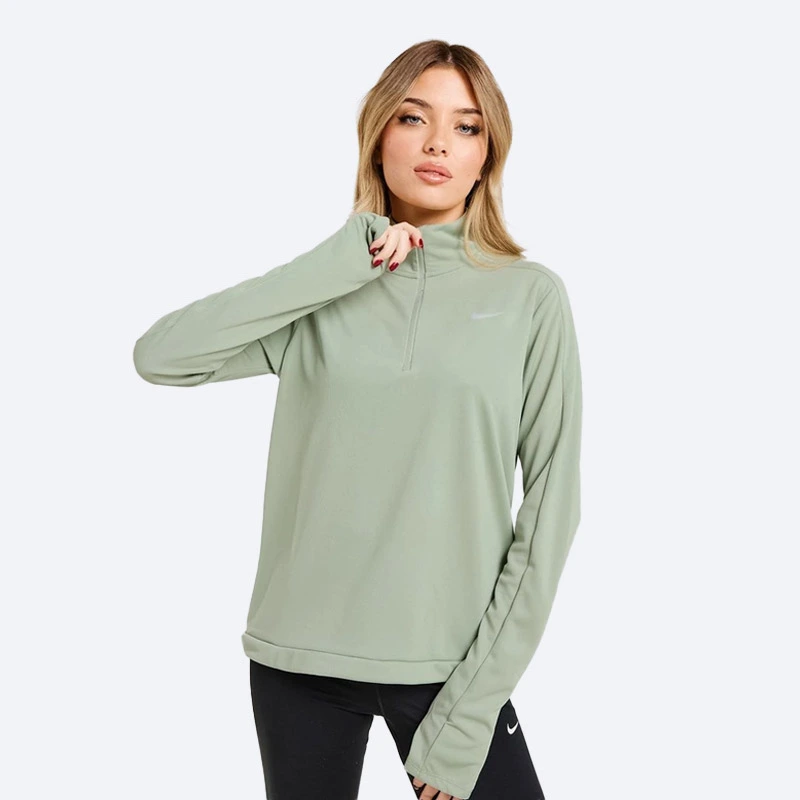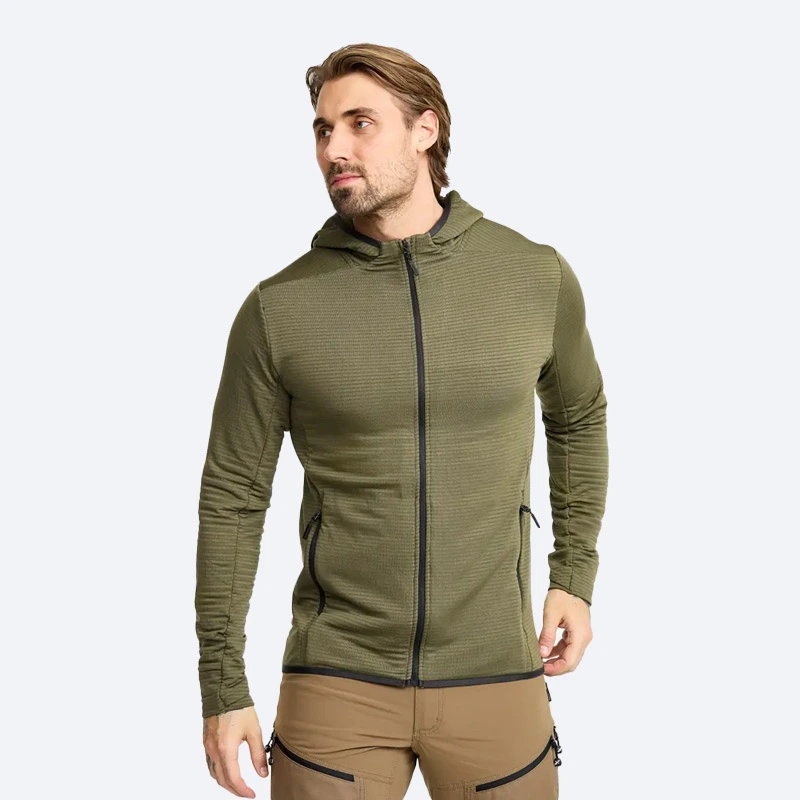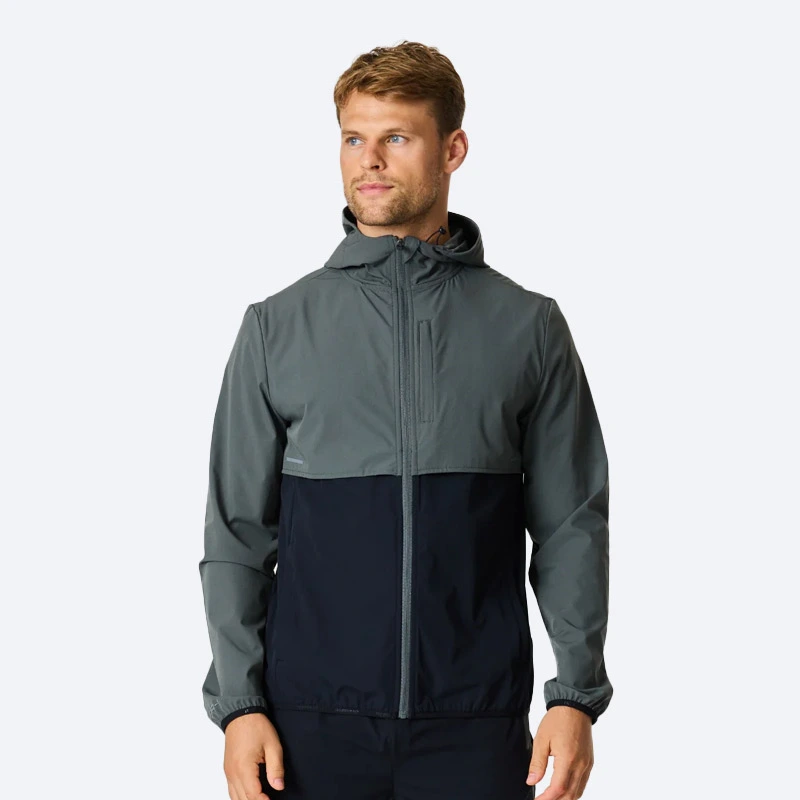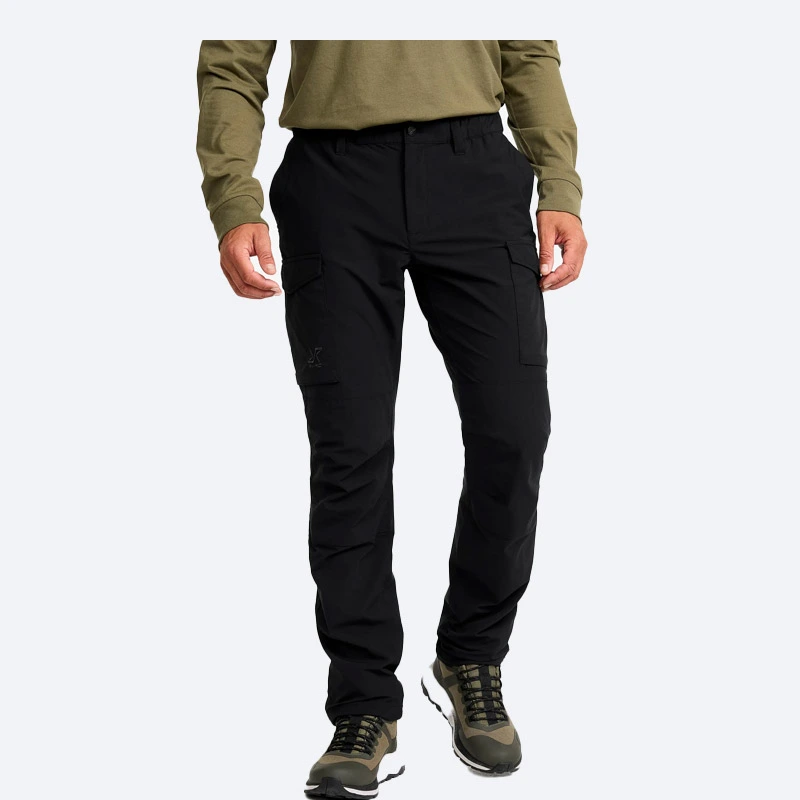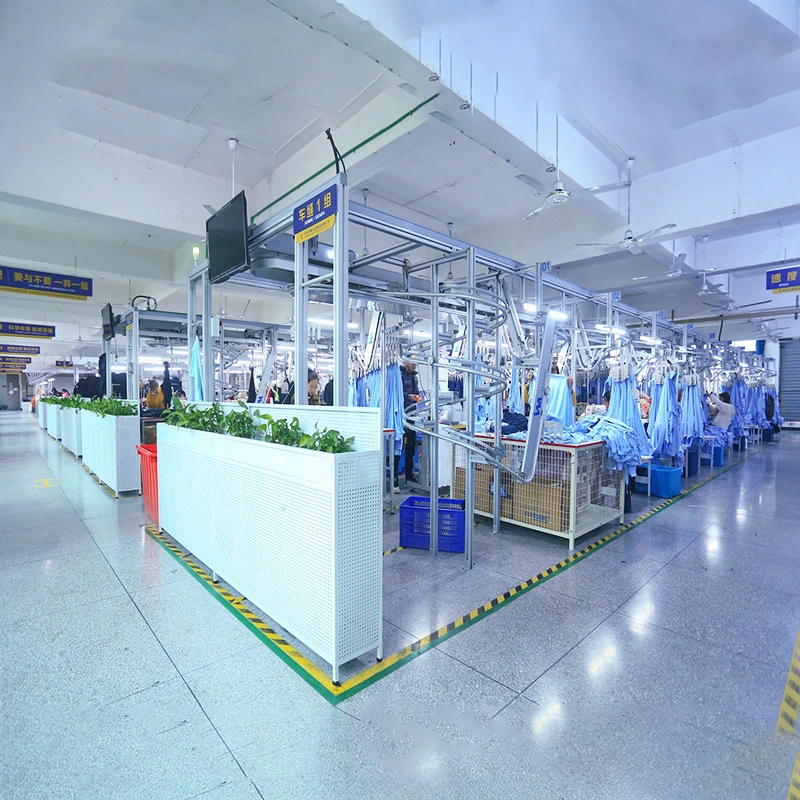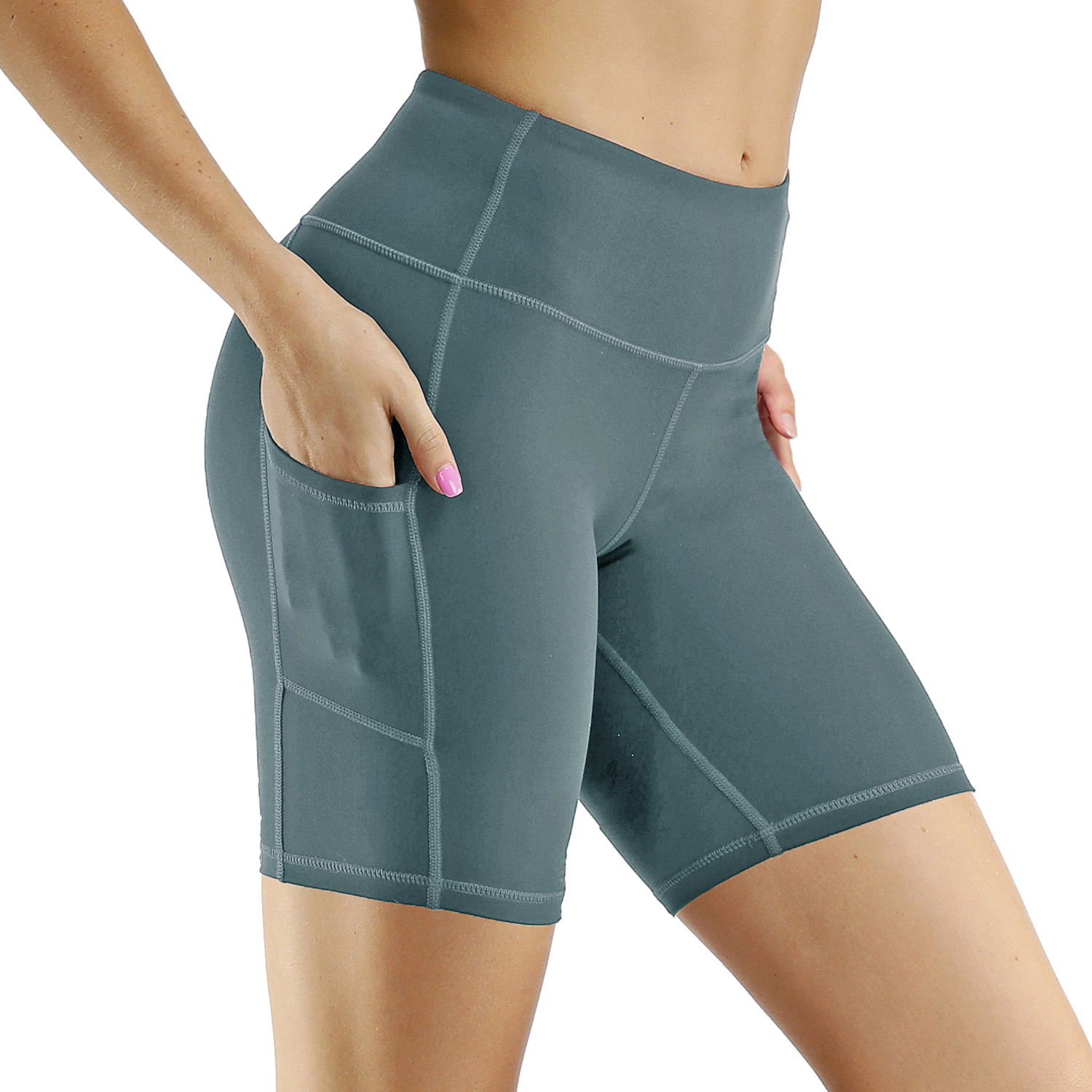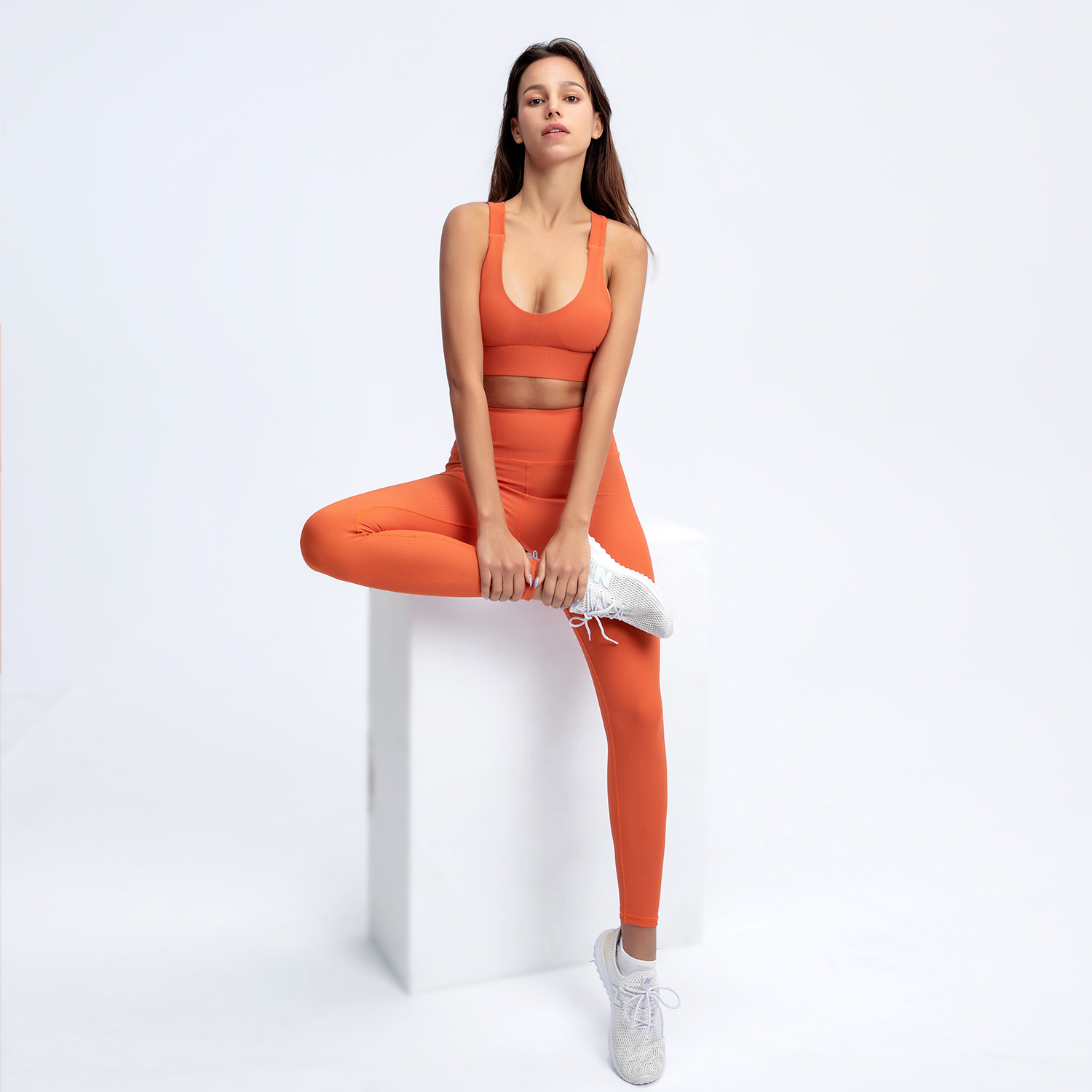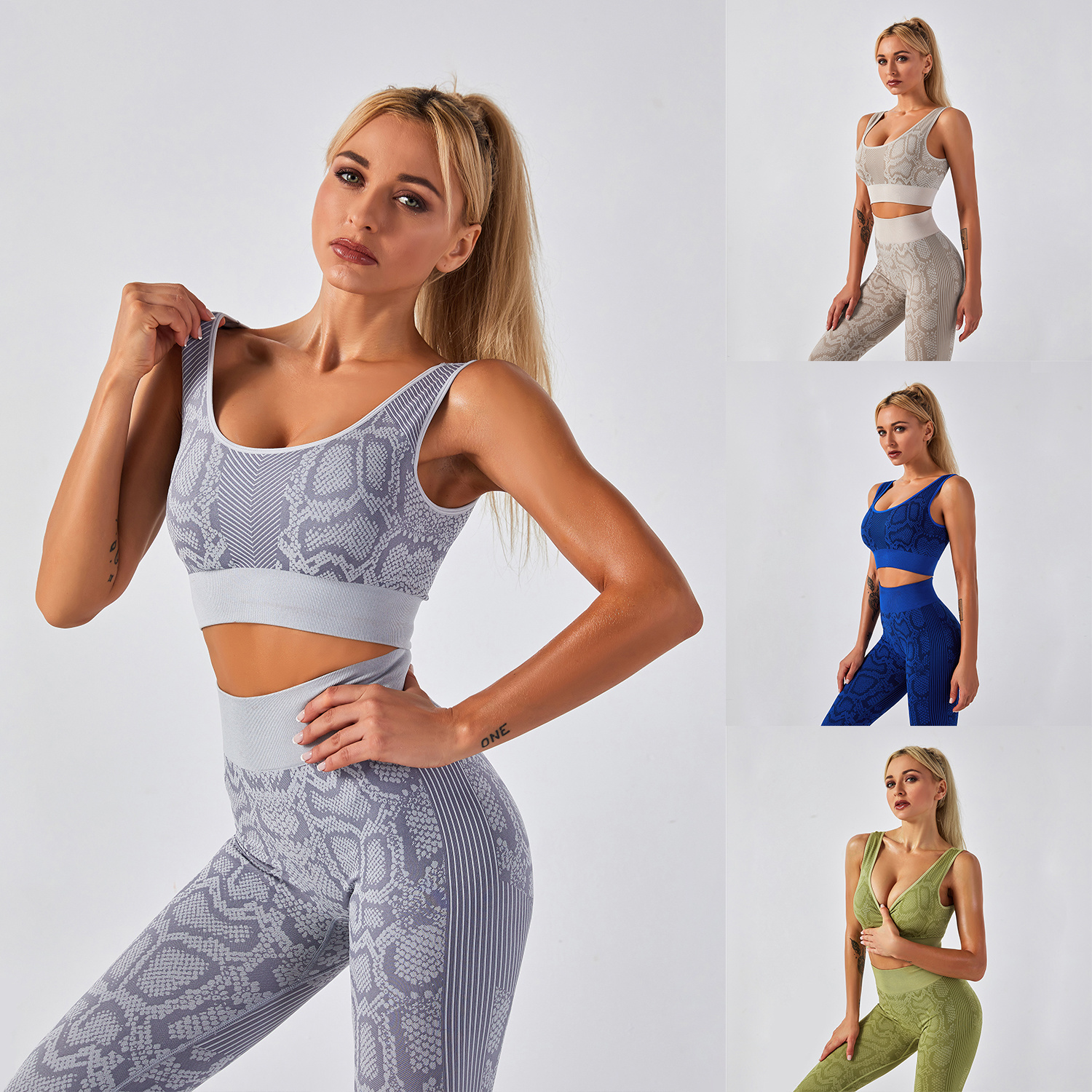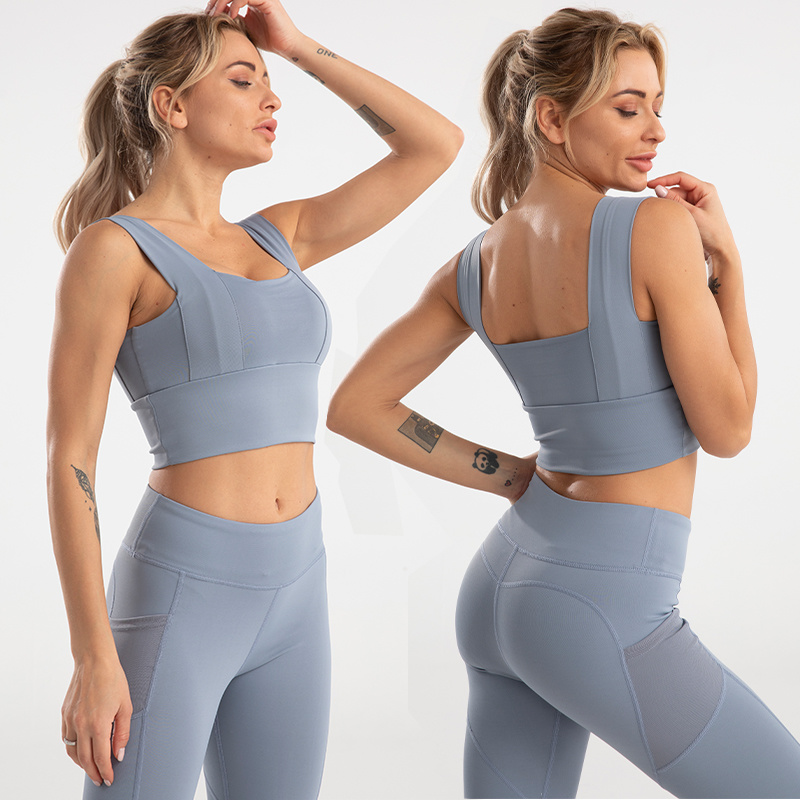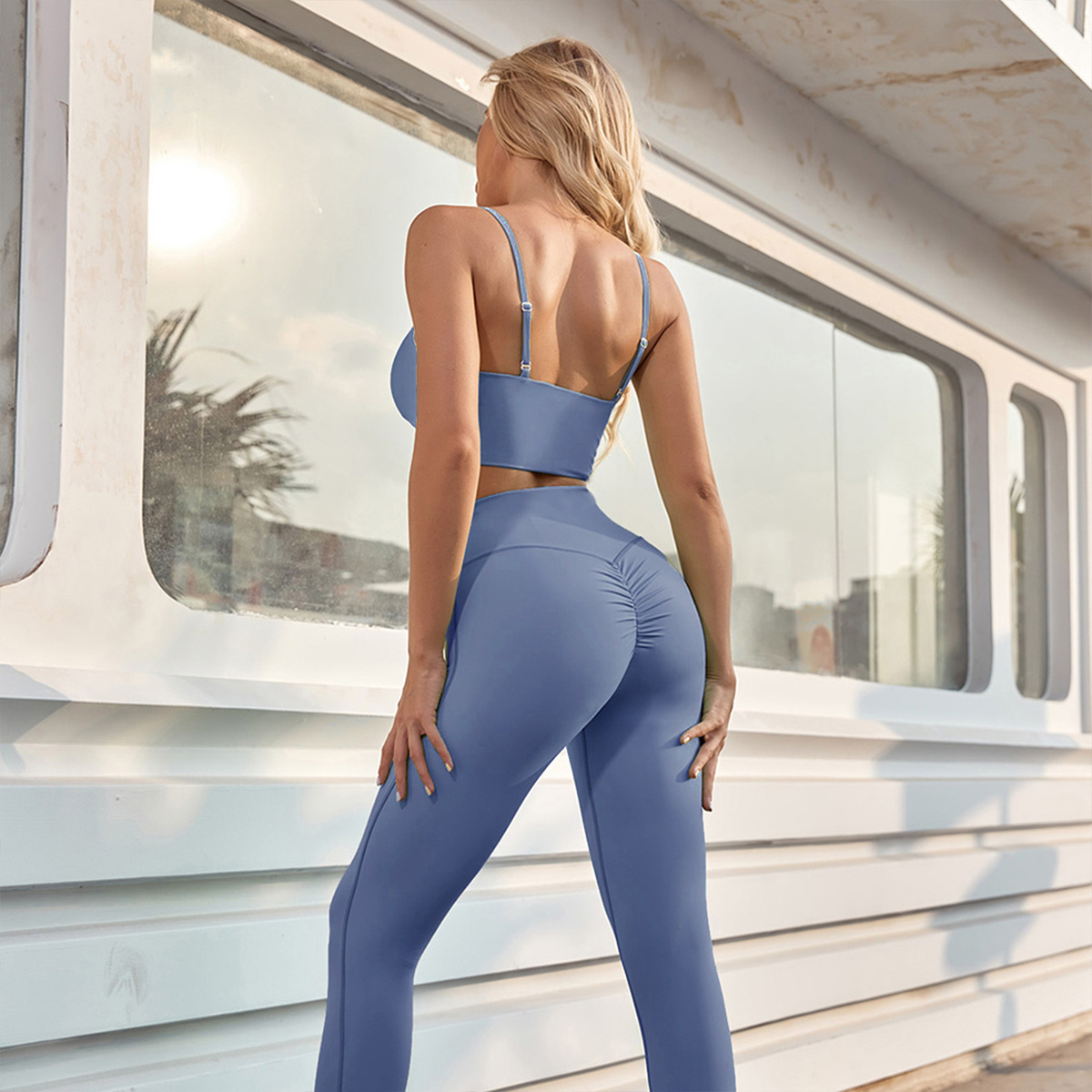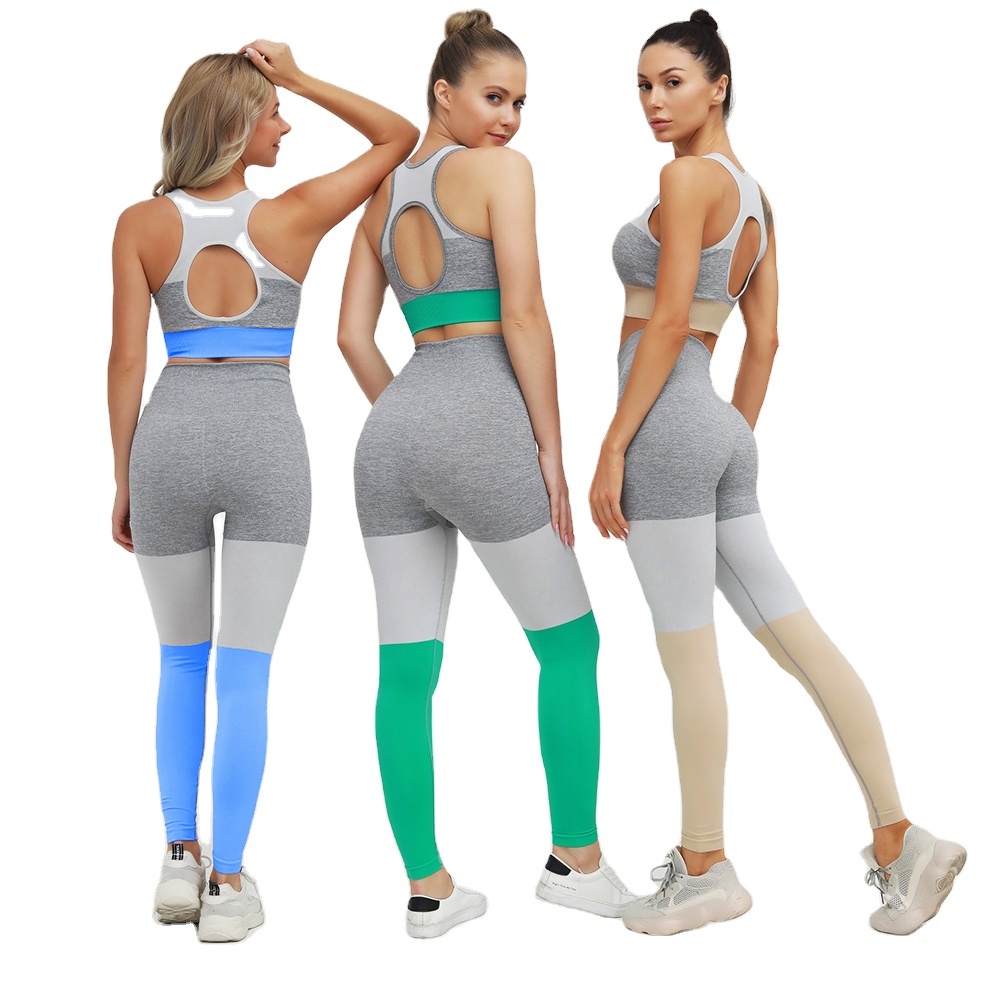05
2025
-
05
How to Choose the Right Jogging Clothes for Different Weather Conditions
Author:
How to Choose the Right Jogging Clothes for Different Weather Conditions Table of Contents 1. Introduction to Jogging Clothes 2. Understanding Weather Conditions for Jogging 3. Choosing the Right Fabrics for Jogging 4. Effective Layering Techniques 5. Jogging Clothes for Hot Weather 6. Jogging Clothes for Cold Weather 7. Jogging Clothes for Rainy and Windy Conditions
How to Choose the Right Jogging Clothes for Different Weather Conditions
Table of Contents
- 1. Introduction to Jogging Clothes
- 2. Understanding Weather Conditions for Jogging
- 3. Choosing the Right Fabrics for Jogging
- 4. Effective Layering Techniques
- 5. Jogging Clothes for Hot Weather
- 6. Jogging Clothes for Cold Weather
- 7. Jogging Clothes for Rainy and Windy Conditions
- 8. Accessories for Different Weather Conditions
- 9. Conclusion
- 10. Frequently Asked Questions
1. Introduction to Jogging Clothes
When it comes to jogging, the right clothing can make all the difference in your performance and comfort. With the multitude of weather conditions runners face, knowing how to select the appropriate attire is crucial. The right clothing not only enhances your running experience but also helps in regulating body temperature and protecting against the elements. In this guide, we’ll explore how to choose the right jogging clothes for different weather conditions, ensuring you stay comfortable and motivated on your runs.
2. Understanding Weather Conditions for Jogging
Before diving into the specifics of jogging attire, it’s essential to understand the weather conditions you’ll encounter. Jogging can be enjoyable in various environments, but each comes with its unique challenges. Here are the primary weather conditions to consider:
2.1 Hot and Humid Weather
Running in hot and humid conditions can lead to overheating and dehydration. It’s vital to wear breathable and moisture-wicking fabrics to keep cool.
2.2 Cold and Icy Weather
Cold weather presents risks such as frostbite and reduced flexibility. Layering is key to maintaining warmth without overheating.
2.3 Rainy and Windy Conditions
Rain can be a runner's worst enemy. Proper waterproof and wind-resistant materials can make a world of difference on dreary days.
3. Choosing the Right Fabrics for Jogging
The fabric you choose plays a pivotal role in your jogging experience. Here’s a breakdown of the best materials for different weather situations:
3.1 Moisture-Wicking Fabrics
Look for synthetic fabrics like polyester or nylon that draw moisture away from the skin. This is particularly beneficial in hot, humid conditions.
3.2 Insulating Fabrics
In colder temperatures, opt for fabrics like fleece or merino wool that trap heat while allowing moisture to escape.
3.3 Waterproof and Windproof Materials
For rainy or windy weather, consider jackets made of Gore-Tex or other waterproof materials to keep you dry and comfortable.
4. Effective Layering Techniques
Layering is a strategic approach to managing your body’s temperature during runs. Here’s how to effectively layer your jogging clothes:
4.1 Base Layer
The base layer, often made from moisture-wicking material, sits against your skin and manages sweat. It should be snug but not restrictive.
4.2 Middle Layer
This layer provides insulation. In cold weather, choose a lightweight fleece or thermal top that retains heat without adding bulk.
4.3 Outer Layer
The outer layer protects against wind and rain. Look for lightweight, breathable jackets that can easily be removed and stored if conditions improve.
5. Jogging Clothes for Hot Weather
Jogging in hot weather requires specific clothing choices to ensure comfort and safety. Here are some recommendations:
5.1 Lightweight Tops
Choose tank tops or short-sleeved shirts made from breathable fabrics. They should fit loosely to allow airflow.
5.2 Shorts and Skirts
Opt for lightweight running shorts or skirts designed with moisture-wicking properties. They provide ventilation and freedom of movement.
5.3 Sun Protection
Consider wearing a wide-brimmed hat and UV-protective sunglasses to shield your face and eyes from the sun.
6. Jogging Clothes for Cold Weather
When the temperatures drop, selecting the right clothing becomes essential to prevent hypothermia and maintain performance. Here’s how to dress for cold conditions:
6.1 Thermal Base Layers
Invest in high-quality thermal tops and leggings that fit snugly. These help retain body heat while wicking away sweat.
6.2 Insulated Outer Layers
A windproof and waterproof jacket is essential. Look for features like adjustable cuffs and hoods to block out cold air.
6.3 Accessories for Cold Weather
Don’t forget gloves, hats, and neck gaiters. These accessories can significantly improve comfort levels during chilly runs.
7. Jogging Clothes for Rainy and Windy Conditions
Running in rain or wind requires thoughtful clothing choices to stay dry and comfortable. Here are some essentials:
7.1 Waterproof Jackets
A lightweight, breathable, waterproof jacket is essential. Look for features like ventilation openings to avoid overheating.
7.2 Water-Resistant Bottoms
Opt for leggings or pants that offer water resistance. This will help keep you dry from splashes and light rain.
7.3 Footwear Considerations
Choose shoes with good grip to navigate slick surfaces and consider waterproof shoes or gaiters for added protection.
8. Accessories for Different Weather Conditions
Accessories can enhance your jogging experience by providing comfort and protection. Here’s what you might need:
8.1 Headwear
A moisture-wicking cap can help keep sweat out of your eyes in heat, while a warm beanie is perfect for cold weather.
8.2 Gloves and Arm Warmers
In cooler temperatures, wearing gloves can prevent numb fingers, while arm warmers allow for temperature adjustment without removing layers.
8.3 Hydration Packs
In hot weather, consider using a hydration pack to ensure you’re drinking enough fluids during your run.
9. Conclusion
Choosing the right jogging clothes for different weather conditions is not merely a matter of comfort; it’s a strategy for success. By understanding the unique challenges posed by varying climates, selecting appropriate fabrics, and employing effective layering techniques, you can enhance your running experience and maintain motivation regardless of the weather. Whether you are running in the sweltering heat, frigid cold, or rainy conditions, the right attire will ensure that you are equipped to tackle your jogging goals head-on.
10. Frequently Asked Questions
1. What should I wear for jogging in hot weather?
In hot weather, opt for lightweight, breathable clothing like tank tops and shorts made from moisture-wicking fabrics to help keep you cool.
2. How do I layer my jogging clothes for cold weather?
Start with a moisture-wicking base layer, add an insulating mid-layer, and finish with a waterproof outer layer to protect against the wind and rain.
3. What materials should I avoid when jogging in cold weather?
Avoid cotton as it retains moisture, which can lead to chilling. Instead, choose synthetic materials or wool for better insulation.
4. How do I stay dry while jogging in the rain?
Wear a lightweight, breathable waterproof jacket and water-resistant bottoms to keep moisture at bay.
5. Are there specific shoes for different weather conditions?
Yes, consider water-resistant shoes for wet conditions and breathable shoes for hot weather. Look for shoes with good grip for rainy or icy surfaces.
This comprehensive guide equips you with the knowledge to choose the perfect jogging clothes for any weather condition, ensuring you remain comfortable and ready to conquer your running goals.
jogging clothes
Prev
Related Products



